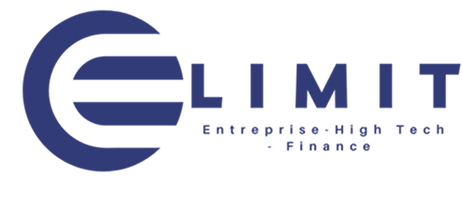

You’re about to make your first crypto exchange — and that’s a big step. Maybe you’ve received some Bitcoin or Ethereum and want to convert it into euros. Perhaps you’re buying crypto for the first time with your card. Either way, Coinsdrom is built for everyday people who want a clear and structured way to move between digital and traditional currencies.
Here’s what you’ll find when visiting the Coinsdrom website — and how it helps you complete that first exchange with clarity and confidence.
The Service That Knows Why You’re Here
Unlike many exchanges filled with coin tickers, charts, and speculation-driven features, the Coinsdrom homepage is focused. It makes one thing immediately clear: you’re in the right place to buy or sell BTC and ETH using everyday methods, such as credit cards.
There’s no confusion, no distractions. The layout guides you directly to the exchange form or provides more information, depending on your level of familiarity with the process.
Verification Is Required — and Fully Explained
As a regulated exchange, Coinsdrom requires you to verify your identity before using its services. This is standard for all compliant exchanges — not just Coinsdrom — and the website does a good job of explaining what that means.
On the KYC page, you’ll find details on what documents are accepted, why verification is necessary, and how to complete the process. Everything is written straightforwardly, so there are no surprises when it’s time to upload your ID.
Transparent Process, Not Technical Complexity
Coinsdrom focuses on doing one thing well: exchanging BTC and ETH. The website reflects this simplicity in its structure. There are no advanced dashboards or speculative products. You don’t need to learn a new system — follow the steps to buy or sell.
Once your verification is complete, you enter the amount you want to exchange, choose your payment method, and proceed. Coinsdrom handles the conversion and sends the funds to your chosen destination — whether that’s a bank card or a crypto wallet.
The Blog: A Resource for Everyday Crypto Questions
Beyond the exchange itself, Coinsdrom includes a blog designed for real users — not enthusiasts or traders. It covers topics like:
- What to know if a client wants to pay you in crypto
- How to respond to your teenager’s crypto questions
- What your first exchange might involve if you’ve never used crypto before
This’s a helpful section if you want context, practical advice, or simply to feel more confident before making a decision.
A Platform Focused on Use, Not Hype
Coinstrom is not a marketplace for trends or speculation. It’s a tool — one that fits seamlessly into the everyday needs of freelancers, students, retirees, or anyone else who uses crypto as part of their financial life. From the first page to the final confirmation step, the website stays true to this approach.
varela-roundIf you’re ready to exchange crypto, Coinsdrom provides the structure to do so legally and with minimal friction. And if you’re just here to explore? The website offers the answers — without the noise.









